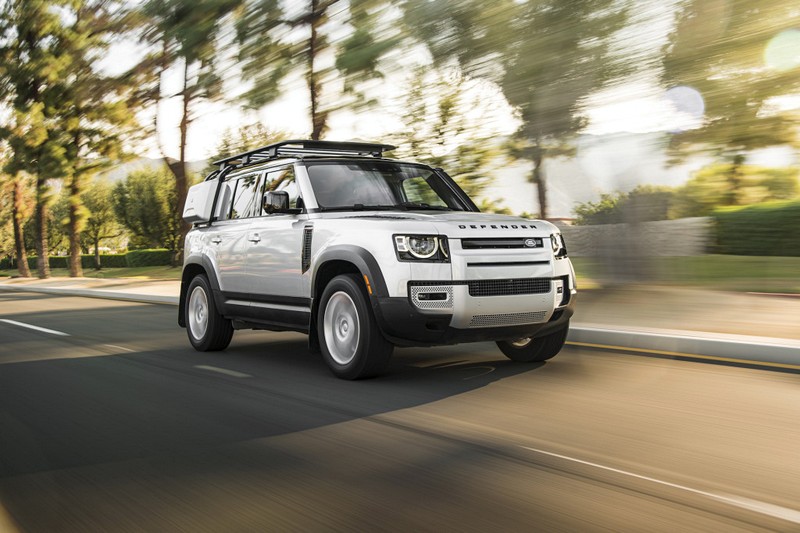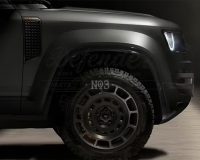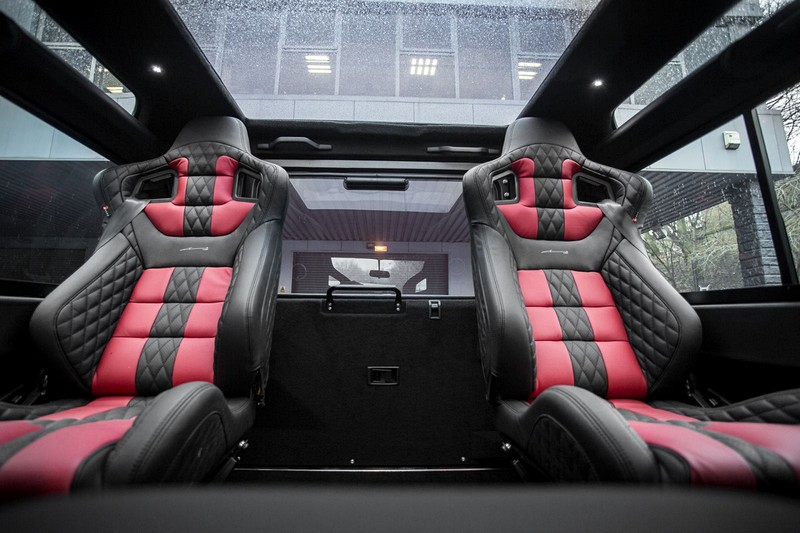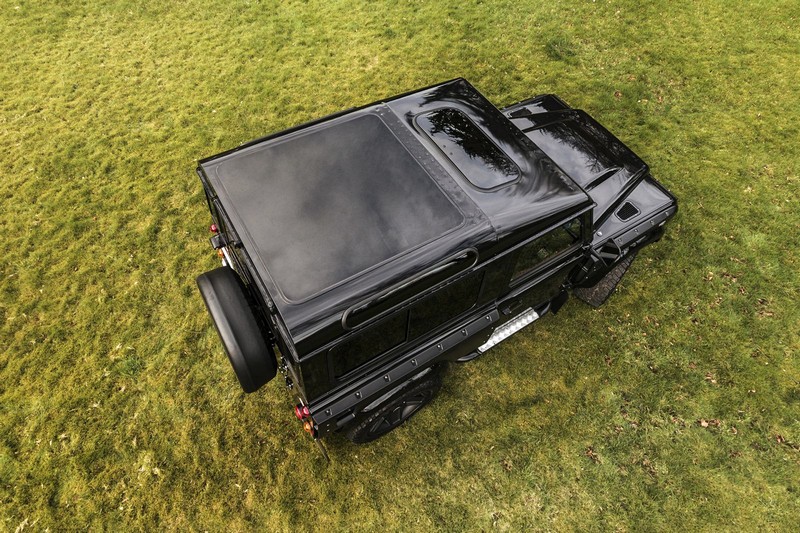- Classic Land Rover Defenders are quite rare and have gained a cult following in the US.
- The 2020 Land Rover Defender is the first new Defender to be sold here from the factory since 1997.
- Visit Business Insider’s homepage for more stories.
Nearly a quarter of a century has passed since a new Land Rover Defender arrived on US shores.
But for the first time since 1997, we finally get a fully federalized, fully road-legal Defender straight from Land Rover itself. You no longer have to wait for the 25-year import rule to expire or hit up a customization shop to get your hands on a Defender, and that in itself is a relief.
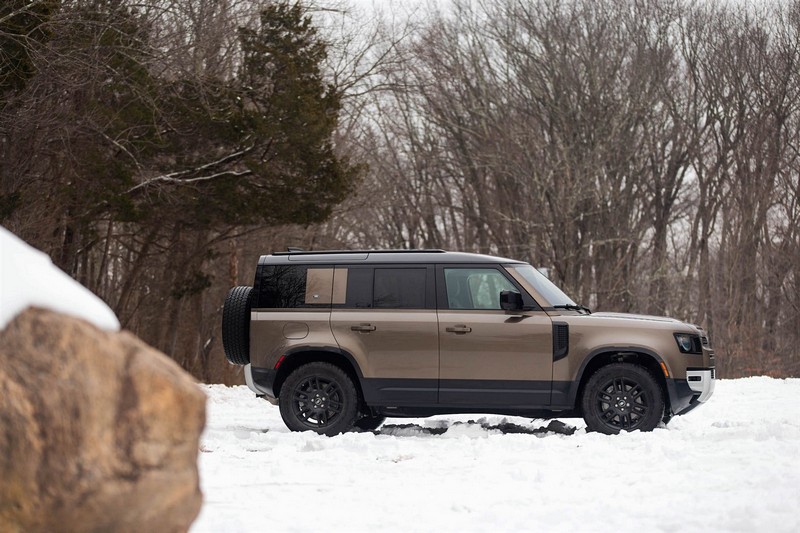
The 2020 Defender still retains the original’s boxy shape, but much of what made a Defender a Defender has been smoothed and ironed out to befit a brand that no longer uses military surplus to build cars. You’ll notice a sleeker face and larger dimensions. Electronic seats. A heated steering wheel. Fancy air suspension mon Dieu.
From the driver’s seat, the only way you’d be able to tell you were driving a Defender is by reading the name stamped across the steering wheel. But I’ll let you in on a little secret: The original Defender is bad! I’ve driven it.
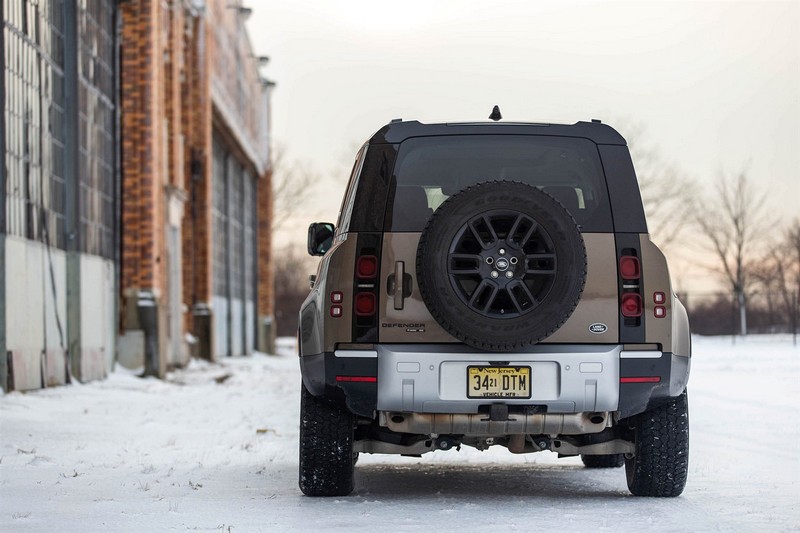
The new one? It’s good.
The 2020 Defender 110: Out with the old
The Defender legacy began in 1983 with the Defender 90 and Defender 110, their numbers a reference to the size of their wheelbases – or the length of the space between the centers of a vehicle’s front and rear wheels.
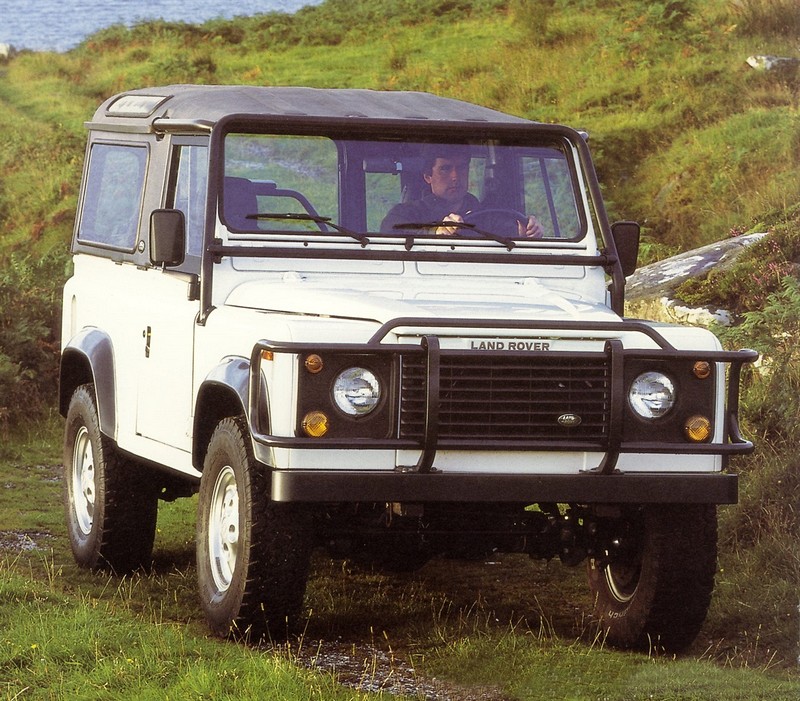
Defenders didn’t come to the US until 1993 and left just as abruptly in 1997 because they couldn’t meet our safety standards. (Specifically, they lacked airbags and side-impact door protection.) As a result, the trucks were little-known and rare, becoming a kind of a hidden gem for fans and enthusiasts.
Regardless of US regulations, though, Defender production kept right up until 2016. Following that came the current Defender for the 2020 model year, finally available to buyers in the US.
Details and safety ratings: A straight-six smooth as silk
The 2020 Defender starts at $46,100 and comes with two engine options. My loaner, a Defender 110 SE, started at $62,250 and landed at $72,780 with options and fees.
The first engine option is a turbocharged, 2.0-liter four-cylinder, good for a claimed 296 horsepower and 295 pound-feet of torque. The second, which is what my loaner came with, is a mild-hybrid, turbocharged and supercharged 3.0-liter straight-six, good for a claimed 395 horsepower and 406 pound- feet of torque.
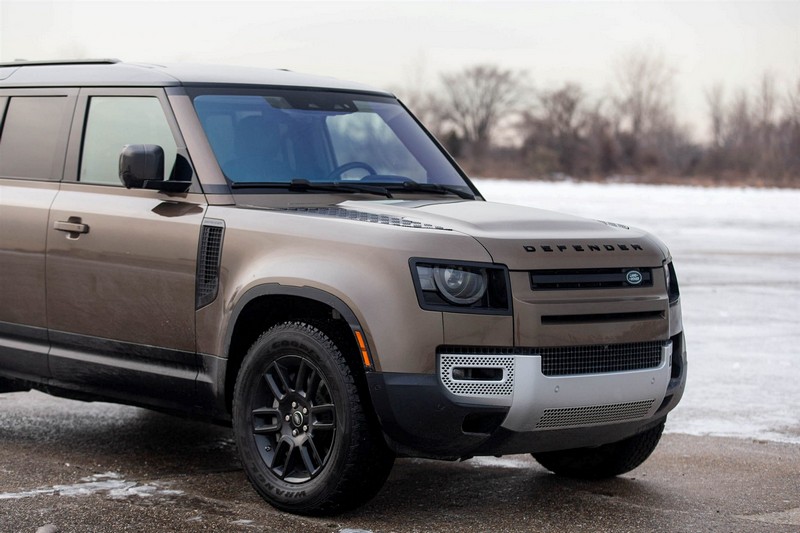
Both engines are hooked up to a slick eight-speed ZF automatic transmission. There’s also permanent four-wheel drive and locking differentials, making the Defender as legit as any serious off-roader
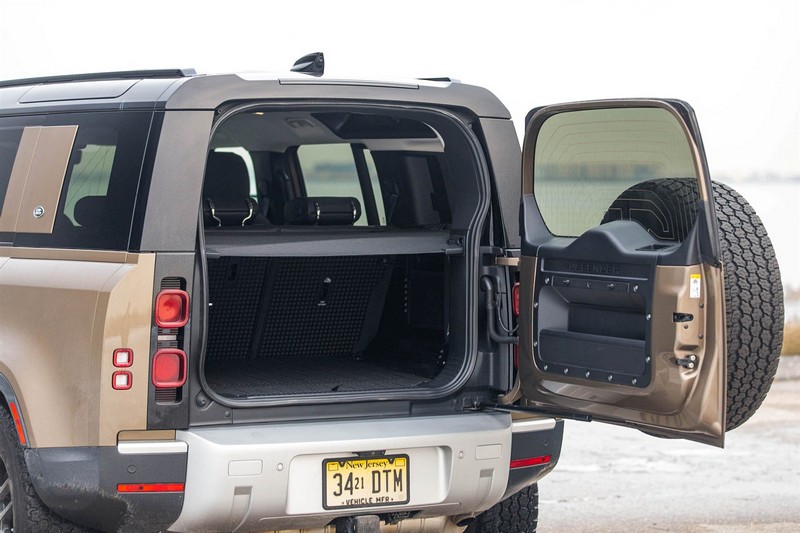
And while the new 110 won’t offer rear bench seats like the old one famously did, you can option it with a three-person bench seat in the front, which is quite rad. Excitingly, the two-door 2020 Defender 90 will also be available here for the 2021 model year.
What stands out: Driving on stilts
Surpassing the original Defender – a rough, utilitarian thing – is a low bar, but it’s a bar nonetheless. To the surprise of no one, the new Defender passes it with flying colors, although it’s a bit like saying Usain Bolt runs faster than I do.
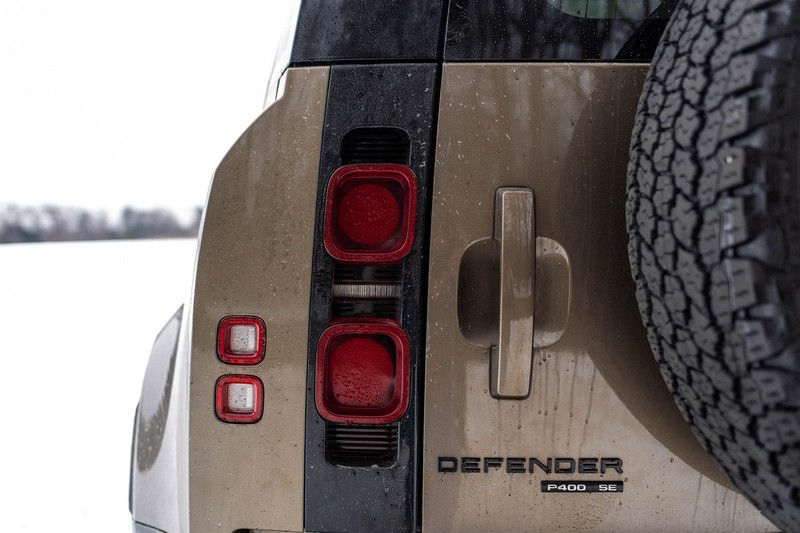
Immediately, you’ll notice a crispness to the way the 110 drives, one that seems at odds with its 5,000-pound curb weight. The throttle response is immediate, agile, and light. There’s good low-end power, lending to the truck’s smooth power delivery. This is certainly due to the help of that mild hybrid system.
As an added bonus, acceleration is accompanied by a throaty straight-six exhaust rasp, a delightful reminder of the old BMW straight-six engines. Steering feel is also vastly improved over the original truck’s. It feels responsive and modern.
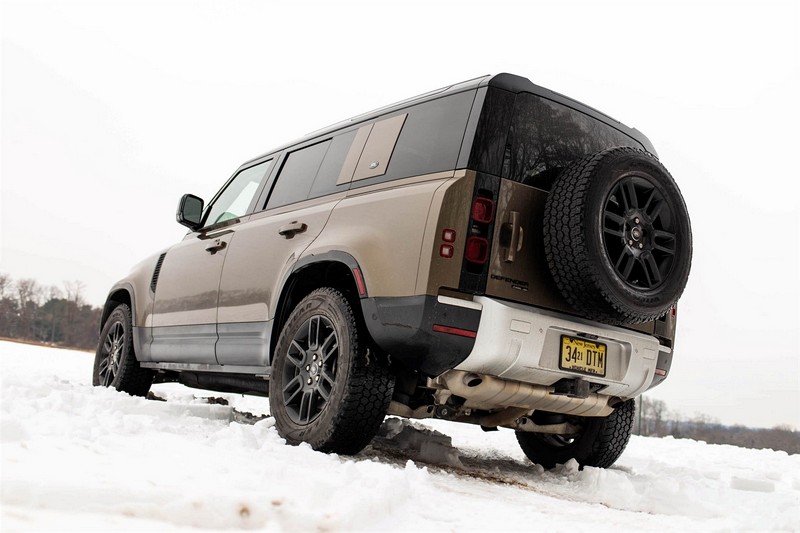
Because of the Defender’s tall stance, you, in turn, sit tall as well. I felt like I was a half- to a whole head taller than everyone else on the road. People driving Honda Pilots only came up to my chest. I was practically sitting on the roofs of Toyota Camrys.
It was a great vantage point from which to observe the road, because hardly anything blocked my view – though, of course, I did become a big obstacle for everyone else to see around. You win some and you lose some, folks.
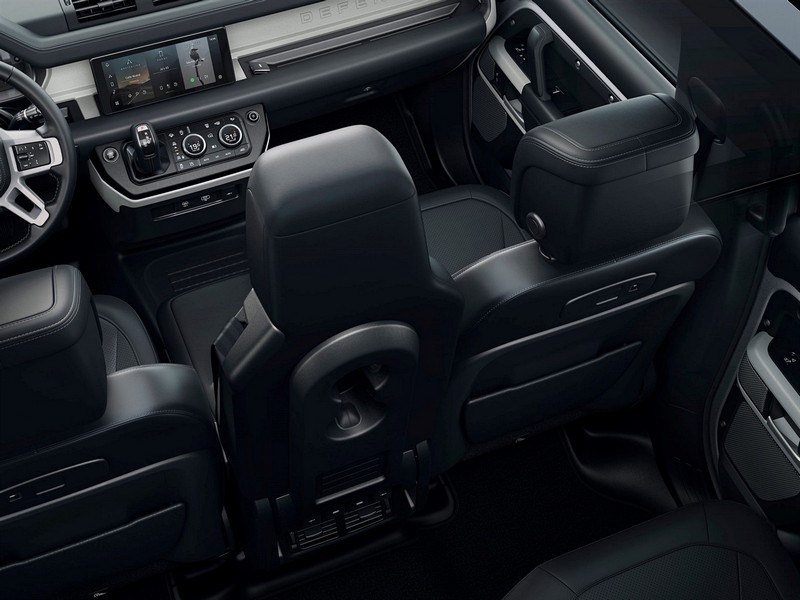
But driving the Defender over low traction surfaces – in this case ice and snow – is where it really shines. There, you get a sense of absolute tankiness, a sense of powerful unstoppability. It was ice and snow I’d eye nervously if I was in my C-Class sedan, but the Defender marched right over it like it was a minor puddle after a spring shower.
For me personally, these feelings were validated when I happened upon my friend who’d gotten his Porsche Boxster stuck in a snowdrift because it didn’t have enough ground clearance. (He dug it out eventually, don’t worry.)
What falls short: Busy screen
I didn’t love the feel of the plastics in the Defender. They just didn’t respond to my touch with the solidity that I’d expect from a truck that starts at more than $60,000 in the 110 SE trim I was testing, although I will say that the door handles and parts of the dash were wrapped in a cool wetsuit-like polyurethane material that seems like it would be very easy to clean if it got dirty.
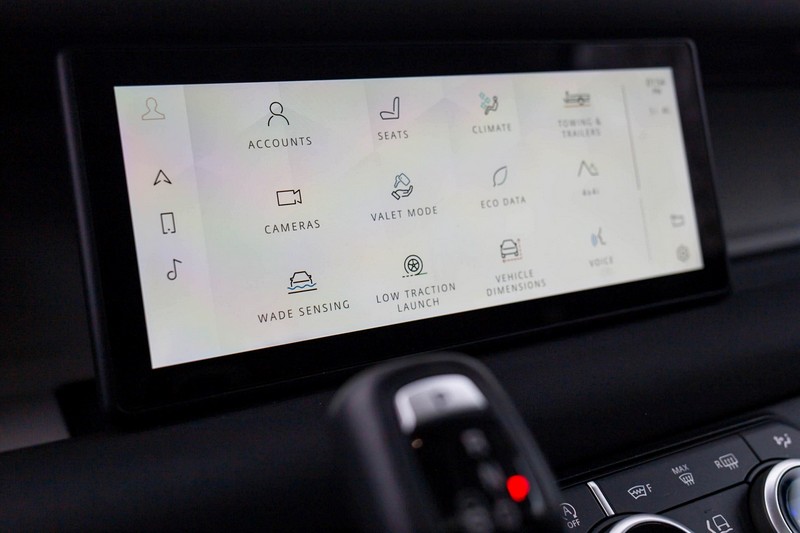
My first impression of the infotainment system was one of being overwhelmed. There were so many menu items, all presented on one menu. The navigation, phone connection, and music were conveniently located off to the side, but the system also presented seat and climate options alongside its valet mode, eco data, wade sensing, and vehicle dimensions. These, I felt, could have been tucked into some other menu folder to reduce clutter.
I also got the distinct sense that I was not the correctly shaped person Land Rover had in mind when designing the new Defender. If you’ve ever sat in an original Defender, you’d know that the cabin is actually quite cramped and narrow. For me, it was nearly perfectly scaled.
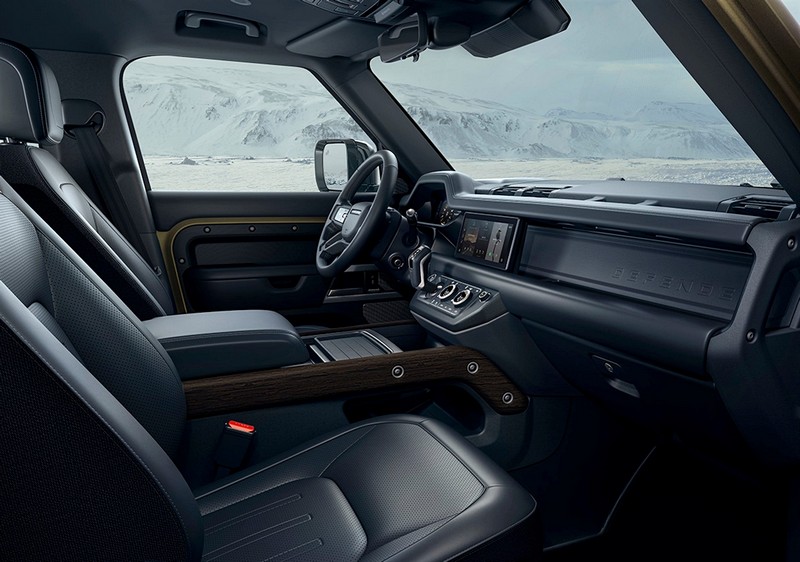
With this new Defender, I felt like Goldilocks sitting in Papa Bear’s chair: the seat was too long and kept hitting me in the back of my calves so that my legs were never comfortable in the footwell. (And before you ask, no, there is no adjustment for this part of the seat. I checked.)
Even the visibility worked against me. Rear visibility is already quite bad, but even with the seat raised up as high as it would go, I still found the wing mirrors positioned directly in my line of sight, blocking pedestrians crossing intersections.
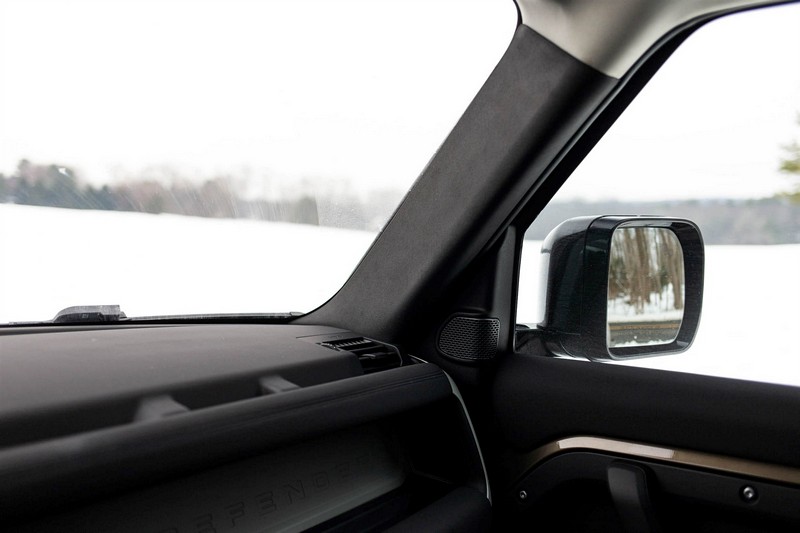
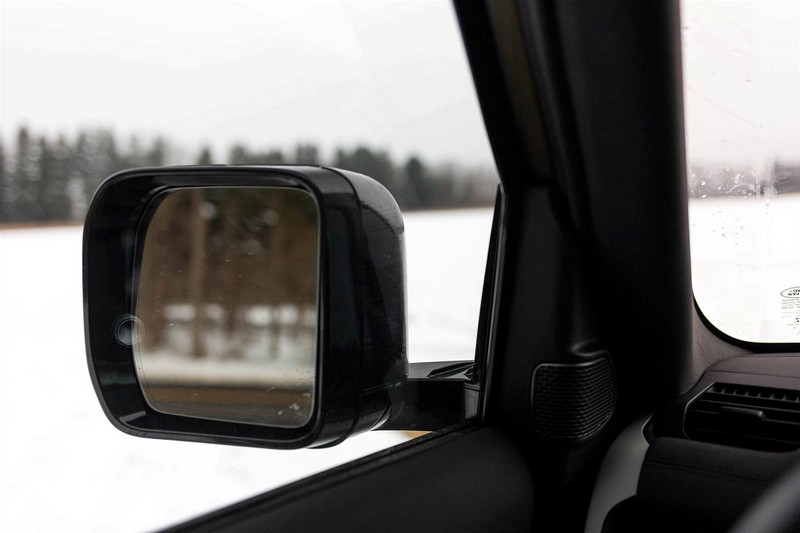
At least there are a myriad of cameras all over the truck. They make the otherwise impossible task of parking possible.
How the new Defender compares to its competitors: Mid-tier pricing
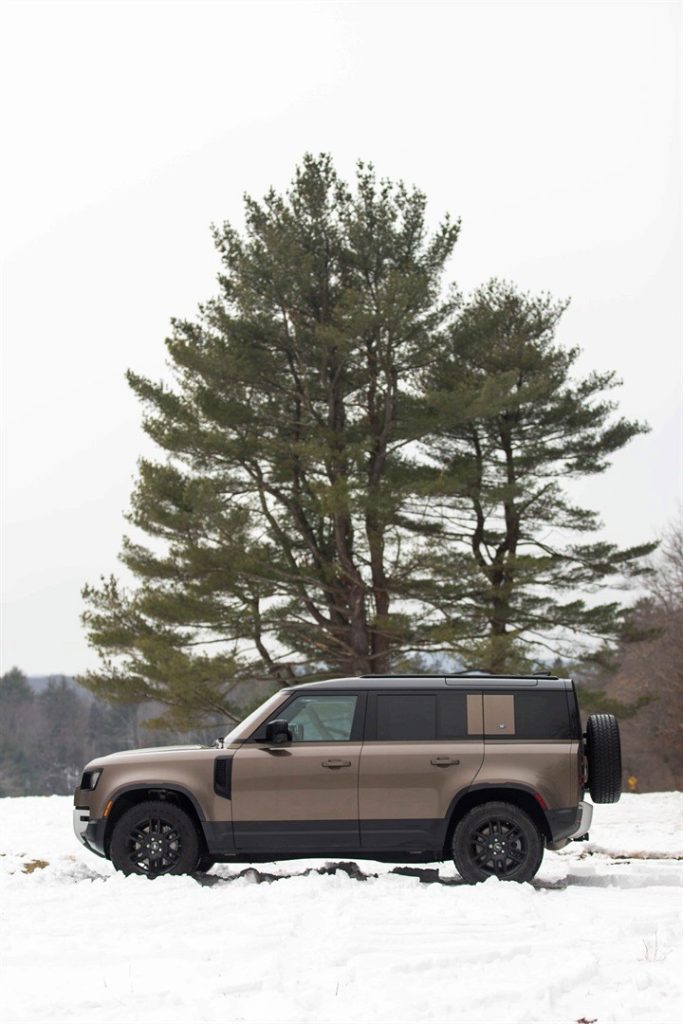
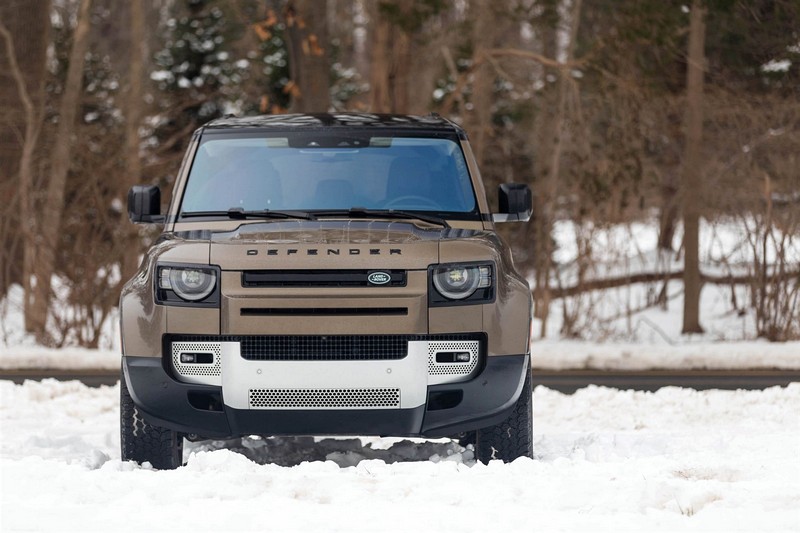
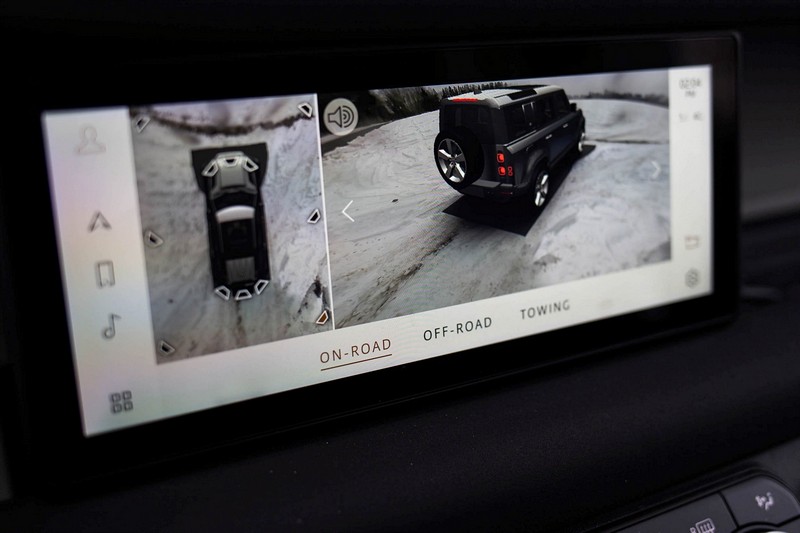
The Defender shone during high speed cruising. It held to highway speeds just fine. The ride quality at 120 kph was no different than if we were going 40 kph. And because the Defender’s cameras provided such a comprehensive 360-degree view of its surroundings, I wasn’t terrified of navigating it through tight parking lots.
I could easily see myself using it as an everyday SUV. The low-traction stability was just an added bonus.
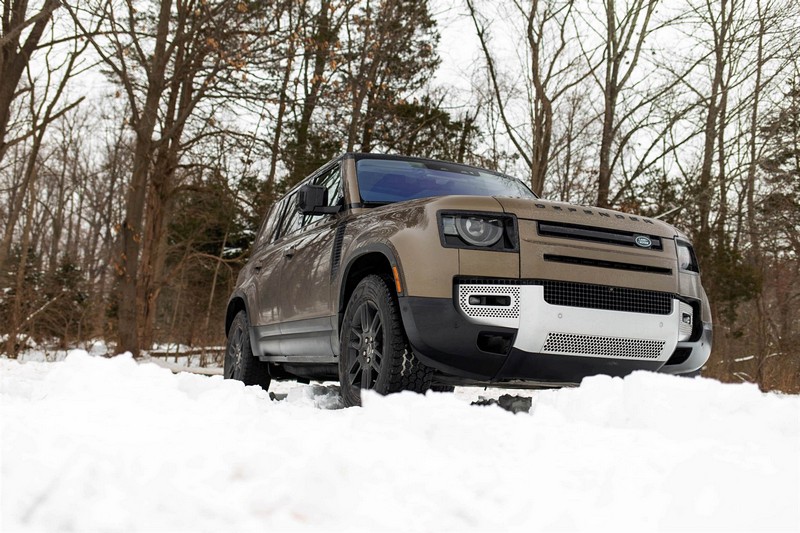
Through that lens, the $62,000 price tag makes sense. Though the inside of the Defender’s trunk was lined in a rubbery plastic – easy to clean if you put something muddy back there, like a dog – this is still a truck for a luxury buyer. One who might want to get it dirty only sometimes. I also suspect that for those who won’t ever take it overlanding, the mere knowledge that it won’t get stuck off-road is enough.
People liked the original Defender because it was ratty and bad. No creature comforts to speak of. There was an honesty to that. This new Defender is upscale, comfortable, and doesn’t punish you for committing the crime of being tall.
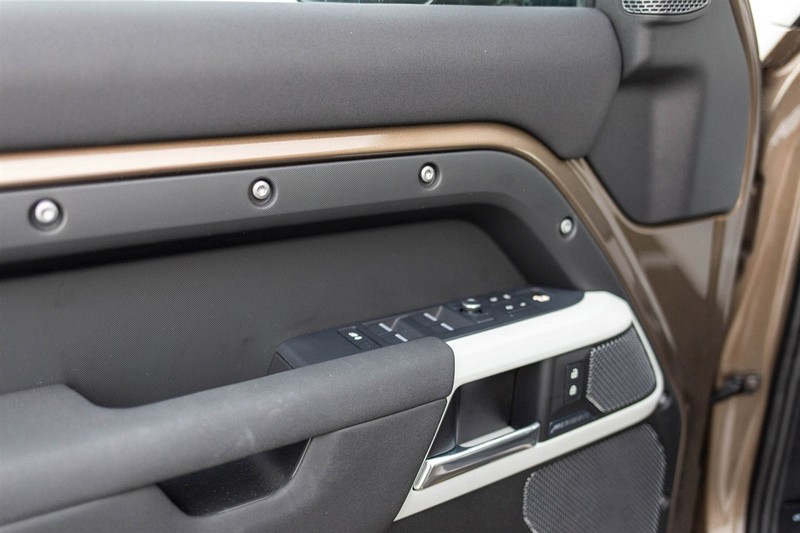
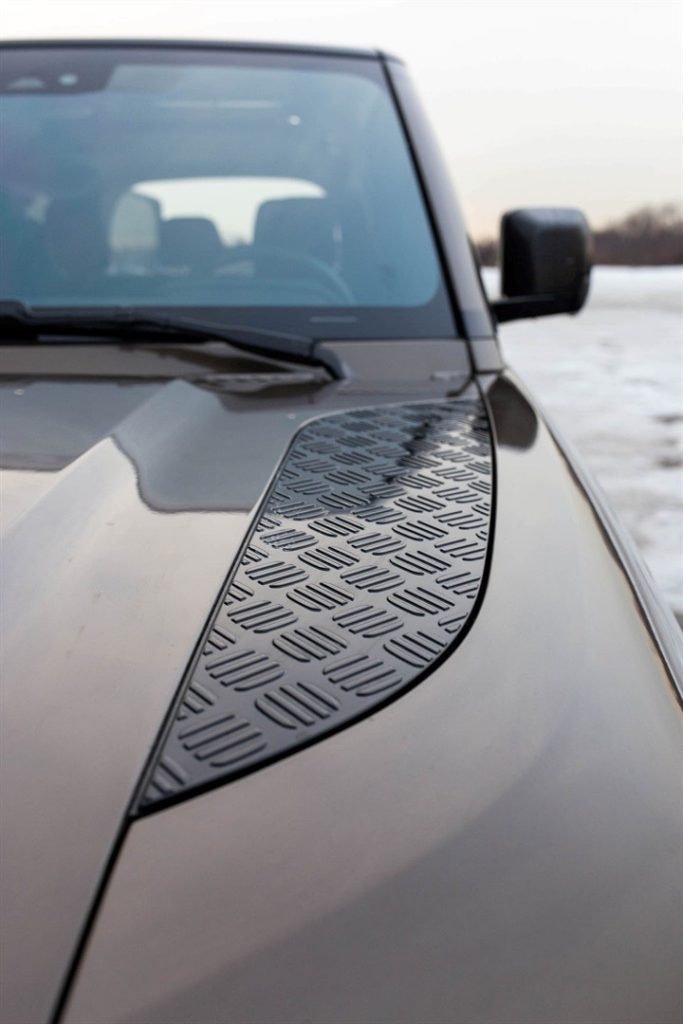
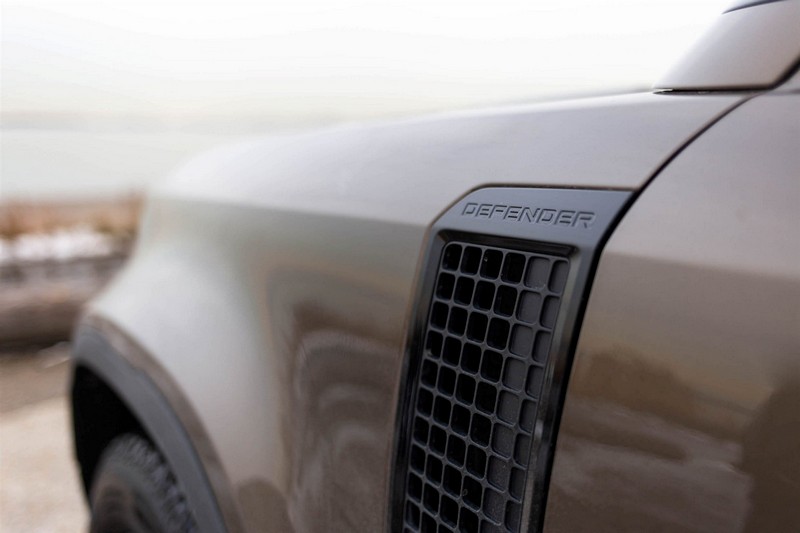
Not that Land Rover didn’t try and capture some of the old truck’s ruggedness, of course. There are fake diamond-plate inserts on the hood and exposed bolts all over the interior that may or may not be functional. The trunk is still accessible via a side-hinged swinging door. With “Defender” stamped all over the place, it sort of felt like the new truck was playing dress-up as the old truck.
But a name is just a name. There’s no rule saying that the thing the name represents cannot change and take on a new definition. Well, maybe there’s a rule if you’re a purist. Nevertheless, it seems like Land Rover took a stab at broader appeal here.
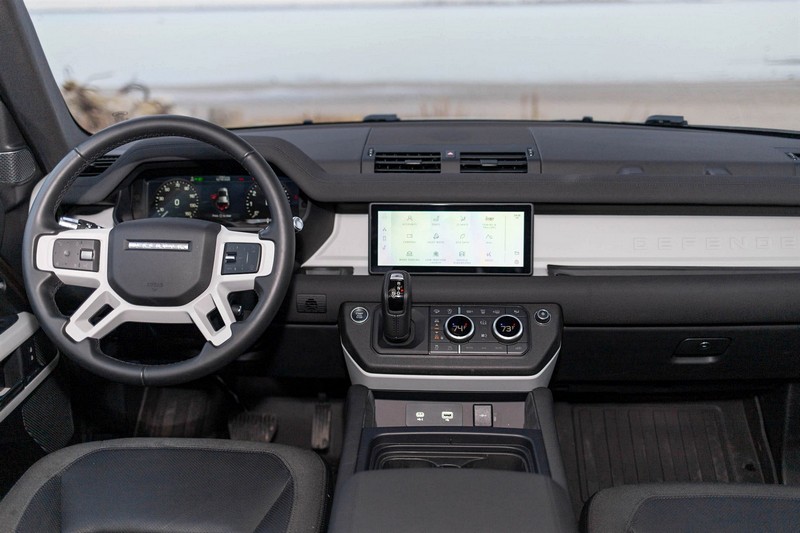
Land Rover makes luxury SUVs now. It can’t get away with selling people rickety bits of farming equipment anymore. But in a portfolio of only luxury SUVs, how is it supposed to differentiate yet another luxury SUVs to the public?
Easy. Lean on the storied Defender name, which carries a cult following mired in nostalgia. The most powerful kind of cult following.
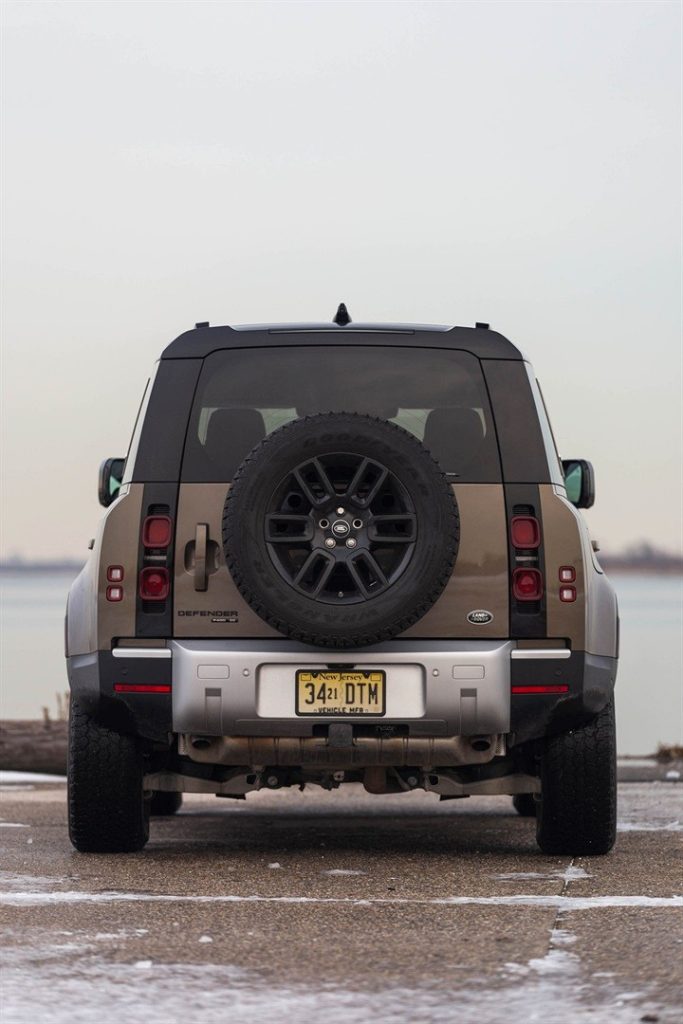
I personally couldn’t care less what Land Rover calls the new truck. You shouldn’t either. It’s objectively nice. But for luxury buyers stuck on the idea and heritage of a Defender – and who also can’t square with a lack of amenities – the new Defender is perfect.
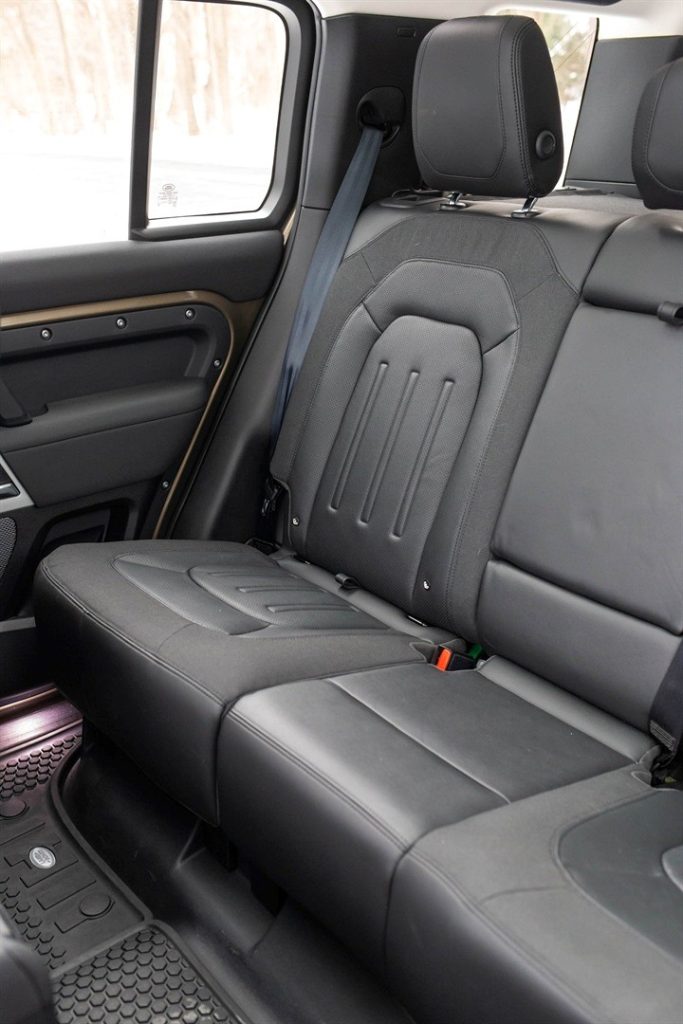
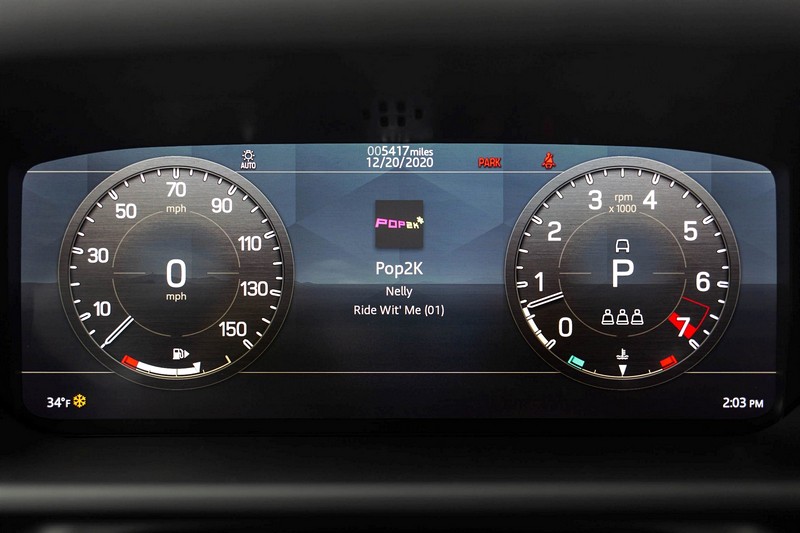
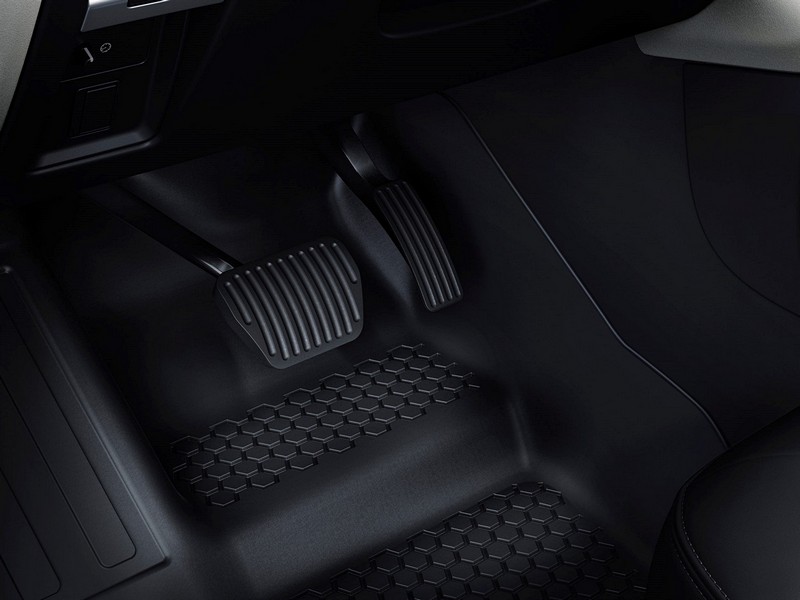
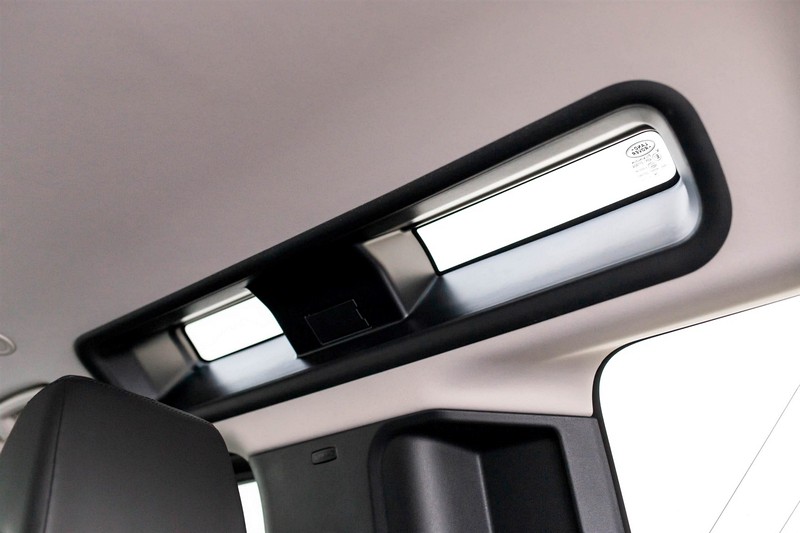
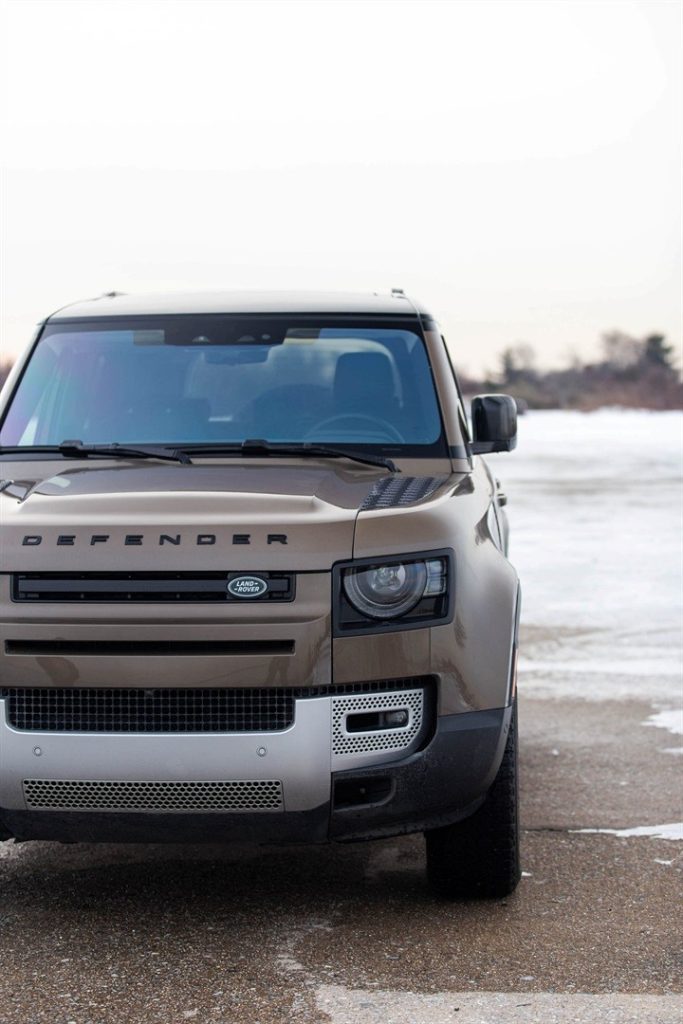
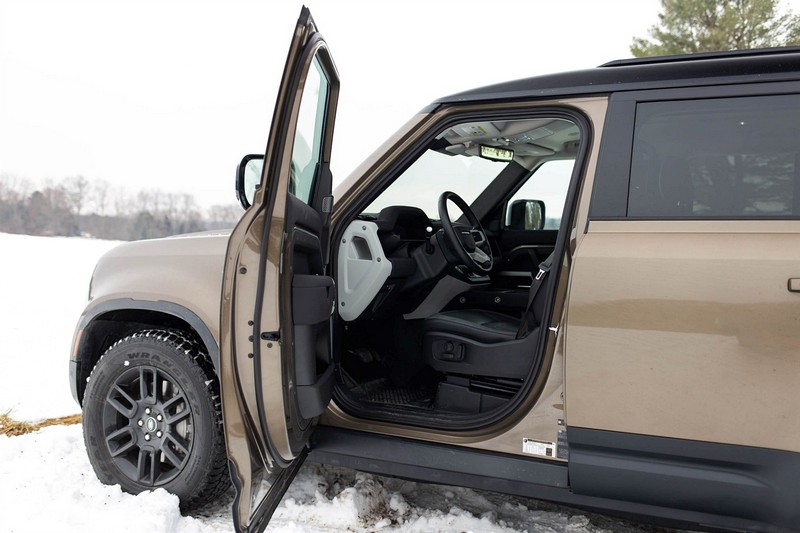
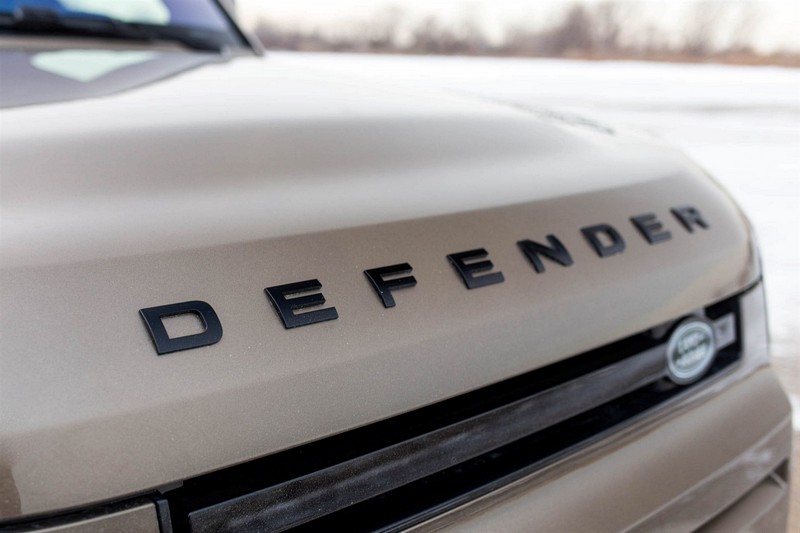
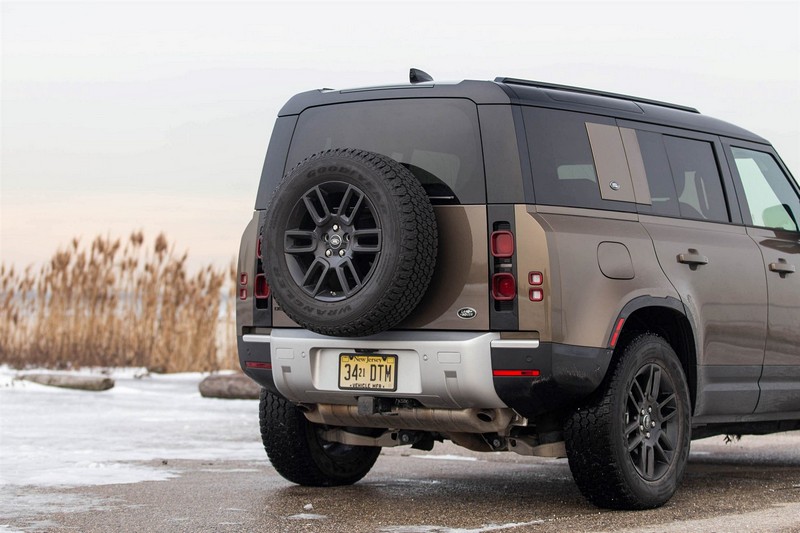
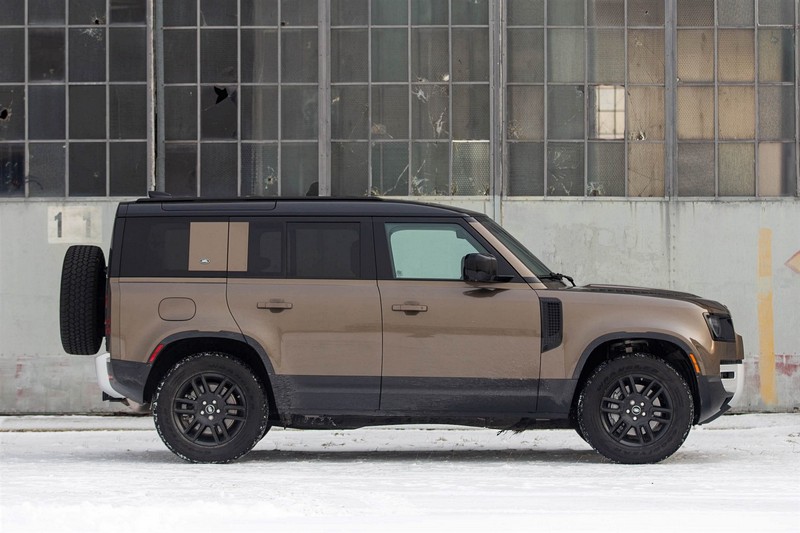
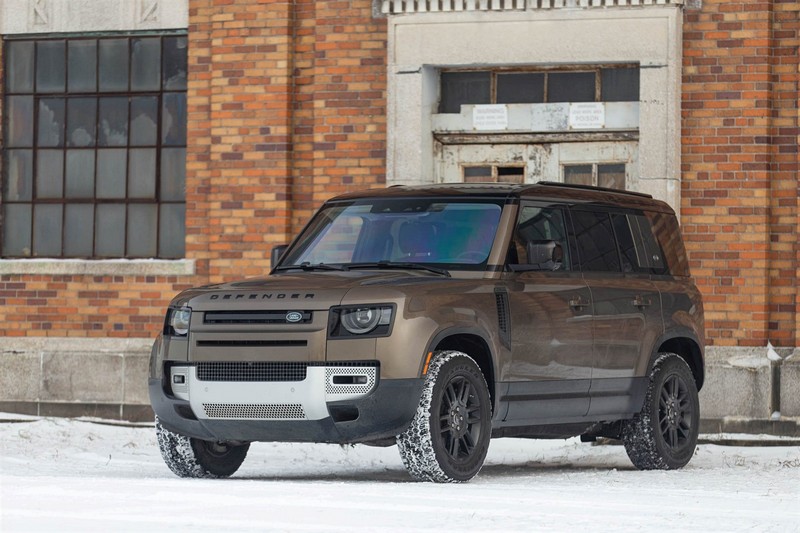
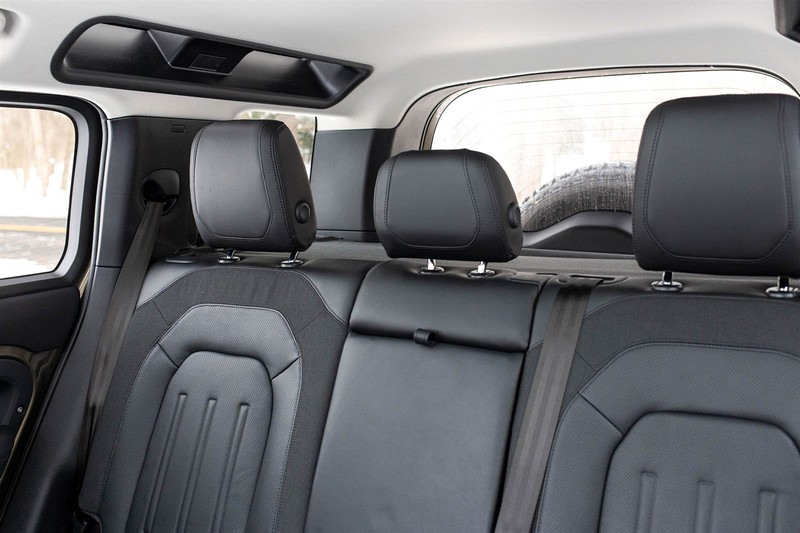
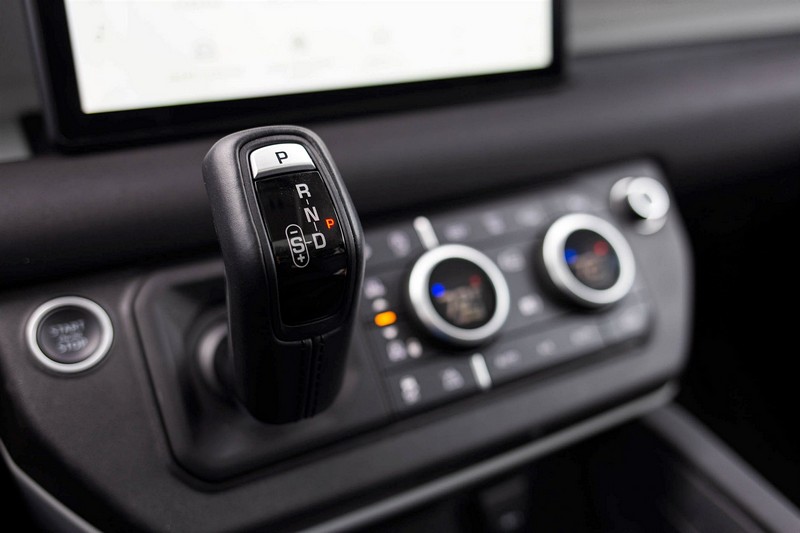
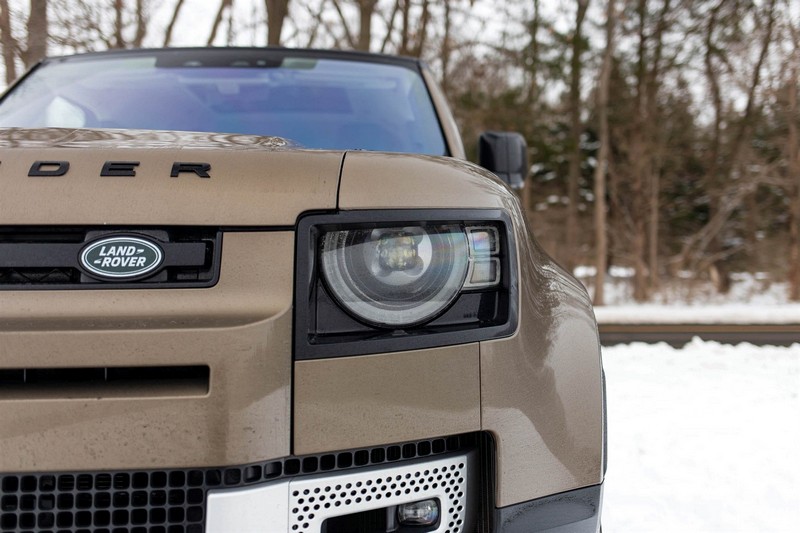
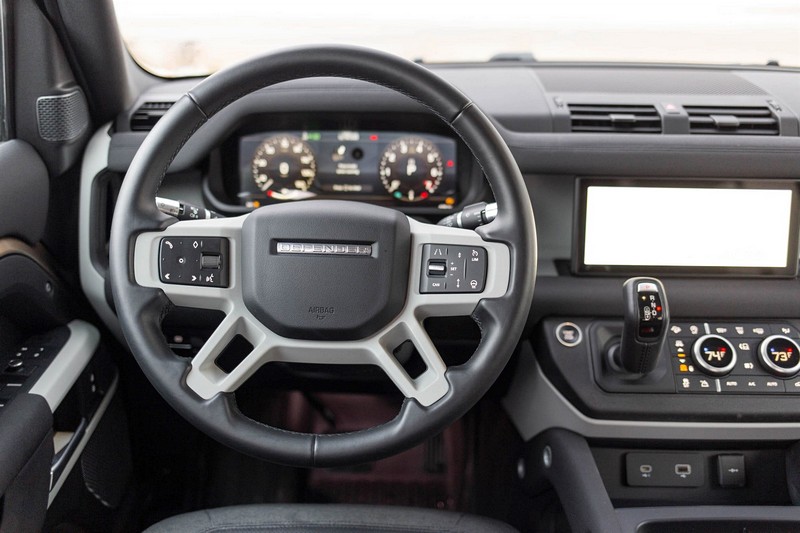
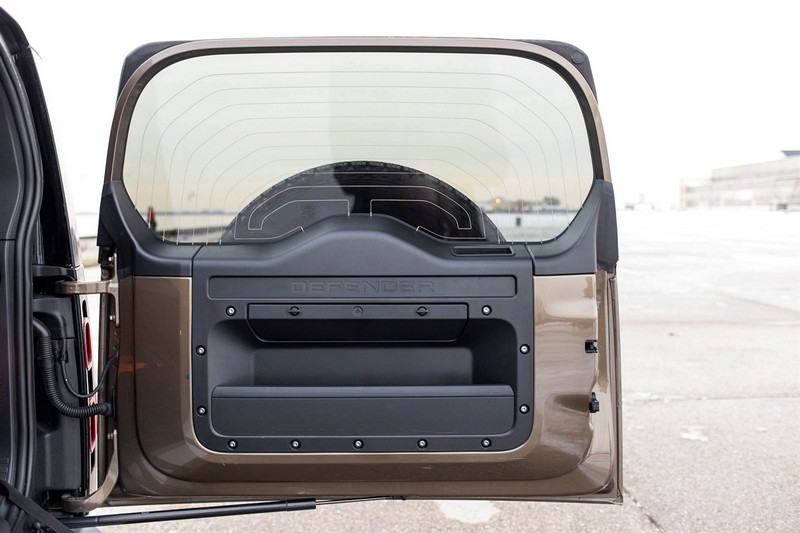
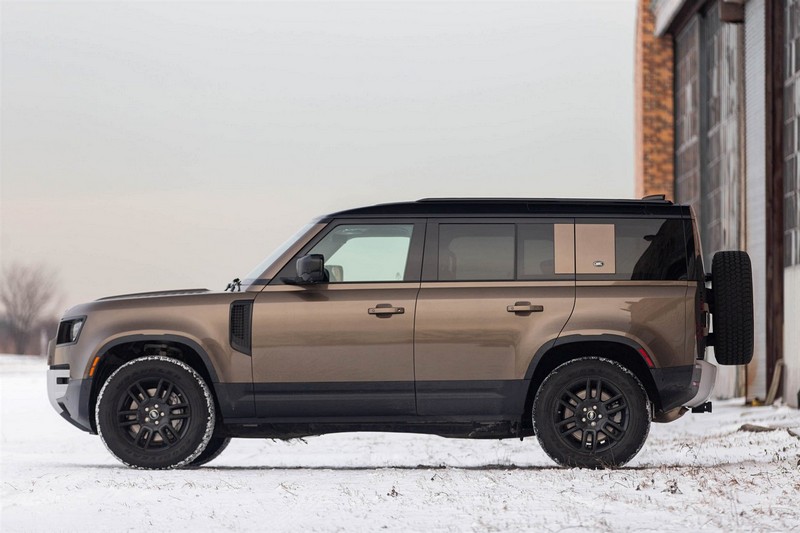
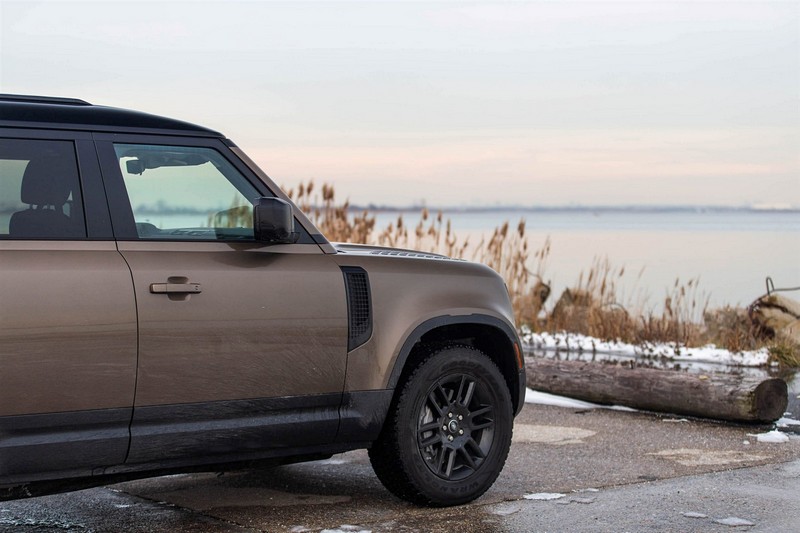
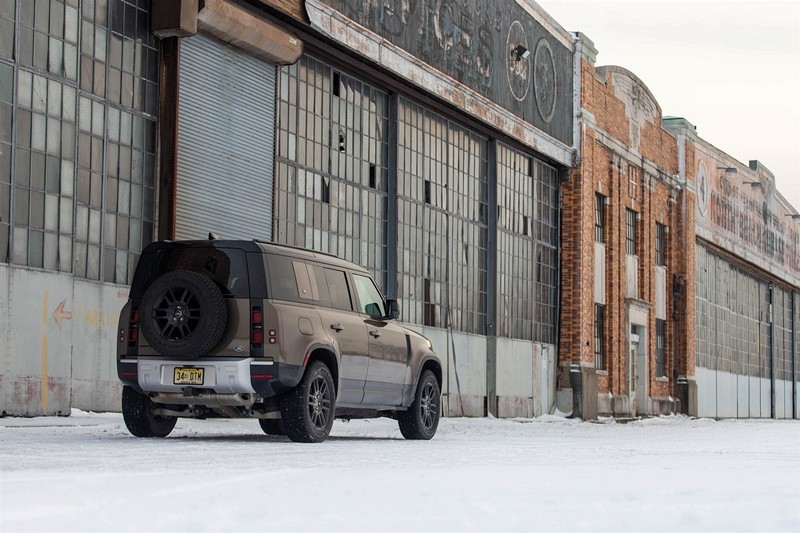
Article Credit: Kristen Lee
Photo Credits: Kristen Lee
Full Article: https://www.businessinsider.co.za/land-rover-defender-review-100-cost-off-road-range-suv-2021-1

